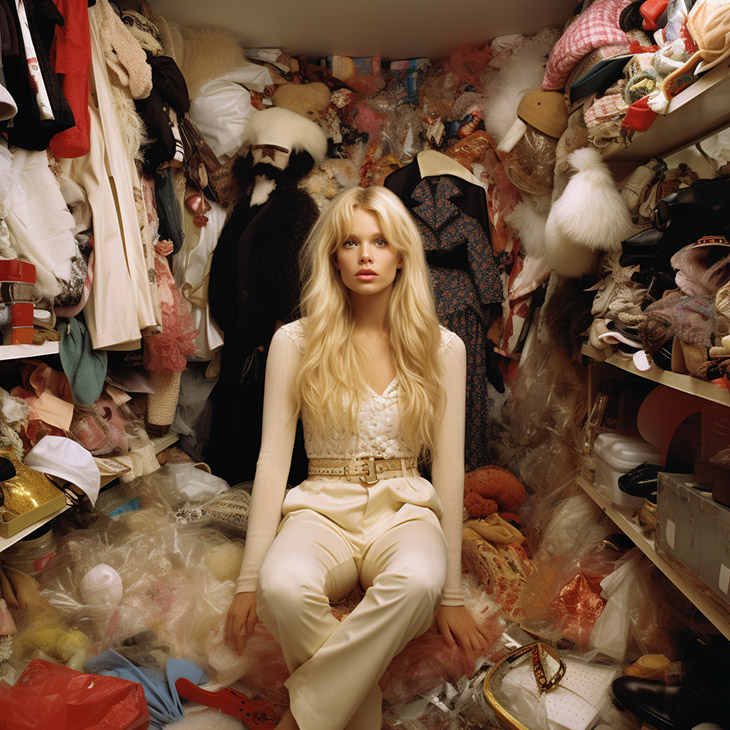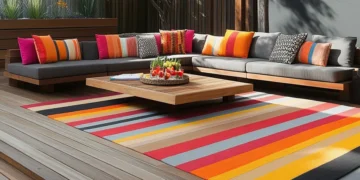
Storing designer clothes in New York City presents unique challenges due to its fluctuating climate and limited space. It can ensure that your clothes remain pristine and free from damage caused by environmental factors such as humidity, temperature fluctuations, and pests. Investing in suitable storage solutions is a wise decision, whether temporarily storing seasonal pieces or managing a wardrobe overflow. You can protect your valuable clothing investment and extend your lifespan by adhering to proper storage techniques. This guide explores expert tips and strategies to help you properly store designer clothes in a storage unit. We will cover everything from choosing the correct storage facility to packing and maintenance. With the right approach, you can ensure your designer wardrobe stays looking its best, no matter how long it’s in storage.
Choosing the Right Storage Unit
When selecting a storage unit in NYC, you should consider several factors to ensure the safety and security of your belongings:
- Location: Choose a storage facility near your home or business to minimize travel time and expenses.
- Security: Opt for a storage unit with robust security measures such as surveillance cameras, gated access, and on-site personnel to safeguard your belongings.
- Climate Control: Prioritize storage units with climate control systems to regulate temperature and humidity levels, especially for sensitive items like clothing, furniture, and electronics.
- Size: Assess your storage needs and select a unit size that accommodates your belongings comfortably without overcrowding or underutilizing space.
- Accessibility: Ensure the storage facility offers flexible access hours and convenient loading/unloading options to facilitate hassle-free retrieval of your items as needed.
Considering these factors will help you find the storage unit in NYC that meets your needs and provides peace of mind.
Properly Store Designer Clothes in a Storage Unit: Packing
To properly store designer clothes in a storage unit, use appropriate packing materials to ensure their preservation. Consider investing in high-quality garment bags and acid-free tissue paper to protect delicate fabrics and prevent wrinkles. NYC Mini Storage offers a wide range of supplies to help you get everything you need for packing your designer clothes. Also, employ proper folding, hanging, and storage techniques to minimize creases and avoid damage. Fold clothing items neatly to prevent creases, and use padded hangers to support delicate garments. Store your items in breathable containers or drawers to maintain their shape and integrity. Lastly, label each item or box for easy identification and retrieval when needed. With this in mind, you can ensure that your valuable wardrobe remains pristine for years.

Special Care for Delicate Fabrics
When storing delicate fabrics and designer pieces, take extra precautions to preserve their quality and integrity. Silk, lace, and other fragile materials require special care to prevent damage during storage. Firstly, ensure garments are clean and dry before packing them to avoid staining or mildew growth. Consider wrapping silk items in acid-free tissue paper to protect against discoloration and creasing – similarly, store lace pieces flat or rolled to maintain their intricate detailing. In contrast, you should avoid hanging delicate fabrics for extended periods. It can cause stretching or distortion. Store clothing away from direct sunlight to prevent fabrics from fading and yellowing, especially silk and lace. Finally, place items with intricate embellishments or delicate trims, such as beading or sequins, in breathable garment bags to shield them from dust and potential snagging.
Climate Control and Protection
In New York City, where climate variations are common, opting for a storage unit with climate control is imperative to safeguard your designer clothes. Humidity and temperature fluctuations can wreak havoc on fabrics, causing mold, mildew, and deterioration. Consider storing items in a climate-controlled environment with regulated temperature and humidity to protect your wardrobe. With state-of-the-art facilities tailored to the city’s dynamic climate, nycministorage.com ensures full-service climate-controlled storage solutions. These facilities maintain optimal temperature and humidity levels, safeguarding your clothing from moisture damage, mold, and mildew. Likewise, use breathable storage containers or garment bags to allow air circulation and prevent moisture buildup. Implementing cedar sachets or mothballs can deter pests and safeguard your clothing from damage. Regularly inspect your stored items and promptly address any issues to prevent costly damage in the long run.
Regular Inspection and Maintenance
Periodic checks on your stored clothing are essential to ensure they remain in optimal condition. Regular inspection allows you to identify any signs of damage or deterioration early on, preventing further issues and preserving the quality of your garments. Regular maintenance, like airing out and cleaning shelves or racks, will maintain freshness and avert odors or mold growth. Inspect clothing for pests regularly and take appropriate measures to prevent infestations. Additionally, consider rotating garments periodically to expose them to fresh air and prevent creases or permanent folds.
Accessing Your Stored Wardrobe
Of course, easy access to your stored wardrobe is essential for retrieving items as needed. To facilitate this, think about arranging your storage unit to maximize accessibility. Store frequently used items towards the front of the unit and less frequently accessed items towards the back. Also, keeping an updated inventory of your stored clothing can streamline the retrieval process, saving you time and effort. Use labels or a digital inventory system to track the contents of each box or garment bag. You can quickly locate specific items by maintaining an accurate inventory without rummaging through your storage unit. With strategic organization and a well-maintained inventory system, you can easily access your designer clothes whenever the occasion calls for it.
Insurance and Valuables Protection
In addition to storing your valuable designer items, you should consider insurance coverage to protect them against unforeseen events. Document the value of your wardrobe to receive adequate compensation in the event of loss or damage. Maintaining detailed records of each item’s purchase price, brand, and condition can streamline the insurance claims process and provide peace of mind. Investing in insurance coverage and documenting the value of your wardrobe protects your designer items and mitigates financial risks associated with storage.

Moving Your Wardrobe Back Home
When it’s time to bring your wardrobe back home from storage, follow these simple steps for a smooth process. First, inspect your stored clothing items for any signs of damage or pests. Next, carefully pack your clothes into labeled boxes or garment bags to keep them organized during transport. When loading your vehicle, place heavier items at the bottom and delicate pieces on top to prevent crushing or wrinkling. Once you arrive home, unpack your clothes as soon as possible and hang or fold them to maintain their shape. Consider airing your garments before returning them to your closet to ensure freshness. Finally, take this opportunity to assess the wardrobe you need and donate or sell any items you no longer need.
Final Thoughts
In conclusion, ensuring you properly store designer clothes in a storage unit is essential for preserving their quality and longevity. Following the tips outlined in this guide, including choosing the fitting storage unit, using appropriate packing materials, and implementing climate control measures, ensure your valuable wardrobe remains immaculate. Also, regular inspection, maintenance, and insurance coverage provide added protection for your designer items. By prioritizing proper storage techniques, you can enjoy your designer clothes for years to come, knowing they are well-cared for and protected.




















Yes that is exactly how a closet looks in nyc unfortunately